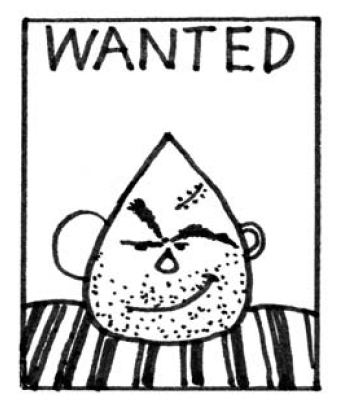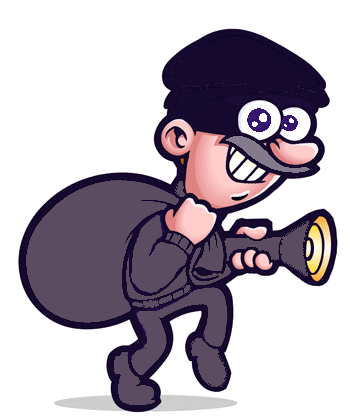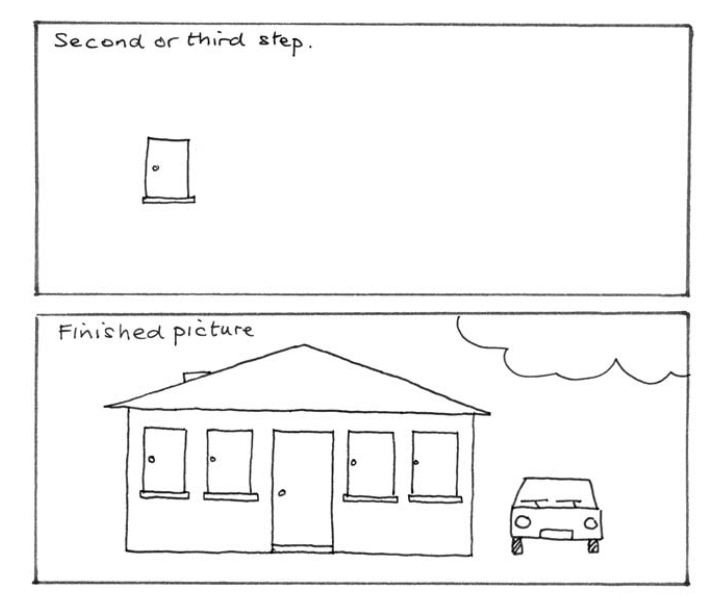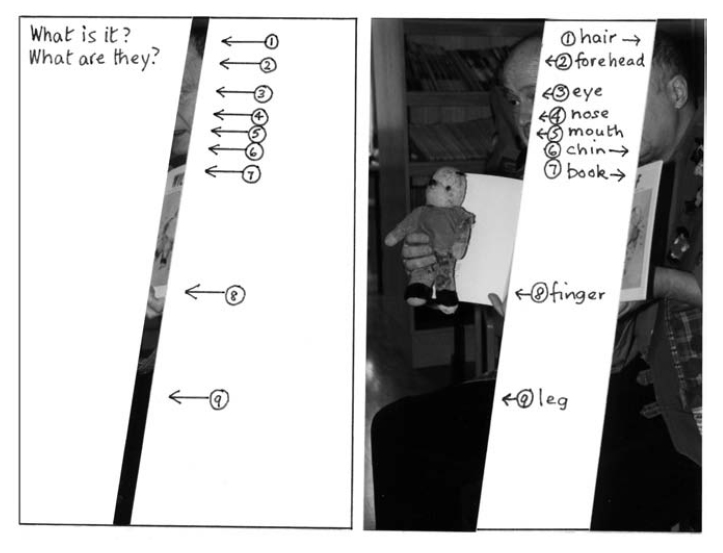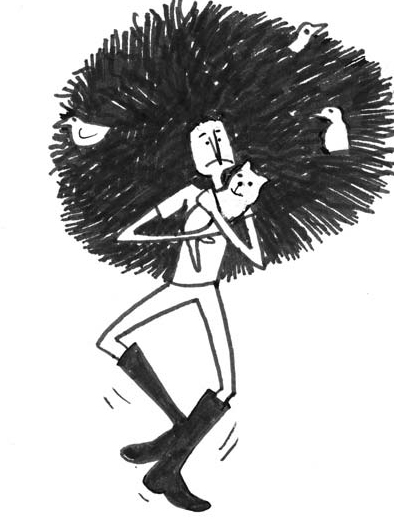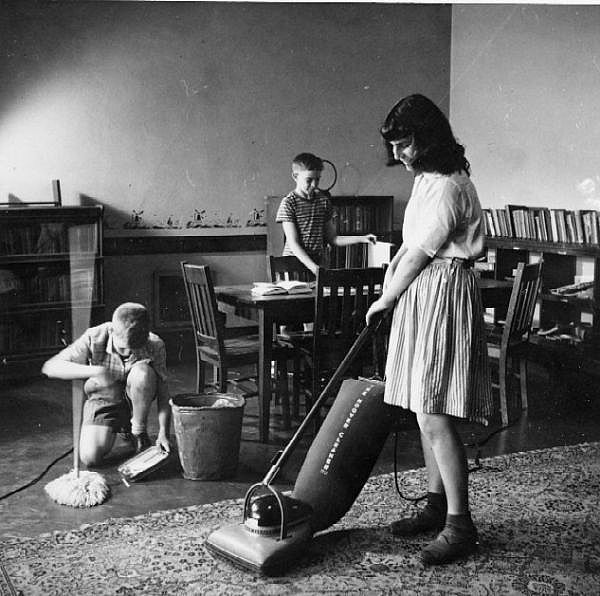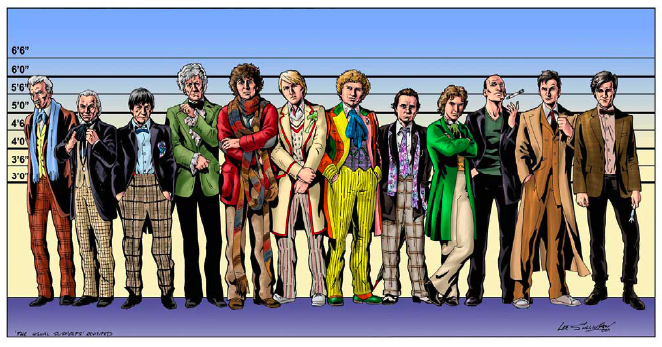
Grammar Game: Miming
The TOP 15 games that are presented, are the games that we personally love playing in the classroom with my students’. They are from the book “Games for Language Learning” by Cambridge university (reference can be found below).
GAME # 1
Language
Miming and watching mimed actions
Speculating about mimed actions using the following tenses:
Main game Present continuous for actions in progress (e.g. You’re carrying a gun)
Variation 1 Present continuous for actions in progress (e.g. What am I doing?) and present simple for routine actions (e.g. What do I do in my job?)
Variation 2 Present simple for actions performed at the same time every day (e.g. What do you do at 7 o’clock?)
Variation 3 Past simple for a sequence of completed actions recalled in sequence (e.g. You filled a pan with water. Then you put the pan on the stove, etc.), and connecting words (e.g. then, next, after that) to indicate that the actions are part of a single sequence.
Variation 4 Past continuous for a continuous, uncompleted action (e.g. You were typing)
Variation 5 Past continuous for a continuous action in the past (e.g. You were reading) interrupted by another action, expressed in the past simple (e.g. Someone knocked on the door)
Variation 6 Present perfect for an action implying that another action has occurred in the past (e.g. Have you hurt your thumb?), and past simple to identify this action (e.g. Did you hit it?)
Variation 7 Present perfect continuous for an action that has just been completed (e.g. You’ve been sleeping)
Variation 8 Future with going to for an anticipated action (e.g. You’re going to dive)
Variation 9 Future in the past for an action anticipated in the past (e.g. You were going to dive)
Variation 10 Future in the past for an action anticipated in the past (e.g. You were going to dive) which was halted by another action (e.g. You stopped him from diving)
Preparation
Prepare a list of actions which learners could mime.
Procedure
- Divide the class into two teams.
- Randomly ask one learner from one team to mime an action (or sequence of actions).
- The mimer’s team must try to guess what he or she is miming. If they guess correctly, they win a point. The mimer can nod or shake their head as the team make their guesses. For example:
Team: You’re carrying something.
Mimer: (nods head)
Team: Is it a gun?
Mimer: (shakes head)
Team: Is it a stick?
Mimer: (nods head)
Variation 1 Present continuous and present simple
- Invite a learner to mime a number of actions they do every day.
- Tell them that, while miming the action, they should ask the class, What am I doing?
- Once someone has guessed correctly, encourage the mimer to ask what the action might represent in terms of daily actions. For example:
Learner 1: (mimes writing) What am I doing?
Learner 2: You’re writing.
Learner 1: Yes, that’s right. (mimes reading a book) What am I doing?
Learner 2: You’re reading a book.
Learner 1: So, what do I do in my job?
Learner 2: You are an author, or perhaps a teacher, or a secretary.
Variation 2 Present simple
- Draw on the board a number of clock faces, each showing a different time of day.
- Explain that you are going to mime what you usually do at those times on weekdays. Point at the first clock face, ask the question (before the mime, so that the general symbolic nature of your mime is more important than the individual action) What do I do at … o’clock?, then mime.
Teacher: (pointing at the first clock) What do I do at seven o’clock? (then miming waking up)
Learner: You wake up.
- Invite learners to take over your role once they are familiar with the game. Other verbs suitable for miming are:
get up, get dressed, get washed, brush your teeth, have breakfast, leave the house, catch a bus, get to college, start work, have a break, have lunch, leave college, get home, have a meal, go to the gym, watch TV, go to bed.
Notes
- Add variety by asking what the learners always or sometimes do at the weekends away from school.
- Ask the learners to mime what they would like to do at the different times of the day related to the clock faces, using I would like to … if I could.
Variation 3 Simple past
- Mime, or invite a learner to mime, a sequence of actions, being careful to choose actions which the learners can name.
|
- Mime all the actions and only then ask what you did. Make use of various connecting words, for example, then, next, after that.
Teacher: (mimes the whole sequence before speaking) What did I do first?
Learner 1: You filled a pan with water.
Teacher: What did I do next?
Learner 2: You put the pan on the stove.
You can ask the learners to retell the whole series of actions.
- Once learners are familiar with the game, encourage them to take over your role.
Note
You may wish to re-enact the sequence, but omit several actions. The learners must then say what you did and what you didn’t do.
Variation 4 Past continuous
Mime a continuous, uncompleted action and then stop and ask what you were doing.
Teacher: (mimes typing, then stops)
What was I doing?
Learner 1: You were playing the piano.
Teacher: Was I playing the piano?
Learner 2: No.
Teacher: What was I doing?
Learner 3: You were typing.
Variation 5 Past continuous interrupted by the past simple
Invite two learners to mime. Learner 1 mimes a continuous action and then Learner 2 interrupts Learner 1.
Learner 1: (mimes reading)
Learner 2: (after about five seconds knocks on the door and rushes
into the room and shouts, ‘Fire!’)
Learner 1: What was I doing?
Learner 3: You were reading.
Learner 2: Then what happened?
Learner 4: You knocked on the door, opened it and shouted, ‘Fire!’
|
Variation 6 Present perfect
Mime an action that implies that something else has happened. Invite the class to try to guess what it is, and express this by asking a question. For example:
Teacher: (holds his/her thumb with an expression of pain)
Learner 1: Have you hurt your thumb?
Teacher: (nods head)
Learner 2: Did you hit it?
Teacher: (nods head)
Learner 3: Did you hit it with a hammer?
Teacher: (nods head)
Note
When the learners are unsure about what has happened, it is natural to use the present perfect, e.g. Have you hurt your thumb? When it is established that an incident has been completed, the simple past tense is more relevant, for example, Did you hit it?
|
Variation 7 Present perfect continuous
Mime an action that suggests another continuous action that has just been completed.
Teacher: (rubbing his or her eyes and stretching) What have I been doing?
Learner: You’ve been sleeping.
|
Variation 8 Future with going to
Mime an action that suggests very strongly what you are going to do next. While miming ask, What am I going to do?
Teacher: (standing with your legs together and your arms outstretched together in front of you) What am I going to do?
Learner: You’re going to dive.
|
Variation 9 Future in the past
Mime as for the future tense but clearly stop the mime, move to another part of the class (to place the action in the past) and then ask, What was I going to do?
Teacher: (mimes ‘going to dive’, then stops and moves to another part of the class and even points back to where he or she was standing) What was I going to do?
Learner: You were going to dive.
Variation 10 Future in the past and simple past
Invite all the learners, in pairs, to prepare a mime in which one learner is about to do something and then is prevented from doing so by the other learner.
Learner 1: (mimes ‘going to dive’)
Learner 2: (after about five seconds Learner 2 pulls Learner 1 backwards to stop him or her diving)
Learner 1: What was I going to do?
Learner 3: You were going to dive.
Learner 2: What did I do?
Learner 4: You stopped him.
Reference
Wright, A., Betteridge, D., & Buckby, M. (2006). Games for Language Learning (3rd ed., p. 124, 125, 126, 127, 128, 129, 130). New York: Cambridge University Press.

